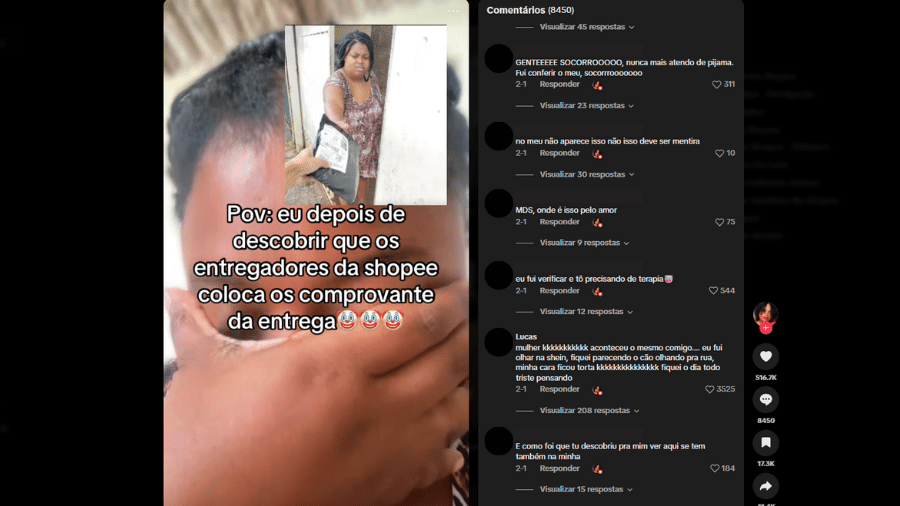Vivo cria selo para indicar smartphones mais sustentáveis; veja a lista

A operadora Vivo agora vai oferecer mais um critério para o consumidor avaliar antes de comprar seu celular: a sustentabilidade. Os aparelhos à venda na rede am a receber uma nova nota pela metodologia Eco Rating — quanto mais alta, mais sustentável é o seu processo de produção, uso e descarte.
O Eco Rating já esta sendo adotado por 16 operadoras e empresas de smartphones no mundo todo. No mercado brasileiro, fazem parte Vivo, Motorola, Nokia, Samsung, TCL, Huawei e Realme.
Os melhores
Para receber o selo do Eco Rating, o produto é analisado por entidades terceirizadas em critérios como impacto ambiental, economia circular e eficiência de materiais, desde a extração das matérias-primas, produção, transporte, uso e fim da vida útil dos aparelhos.
A nota é composta a partir de cinco parâmetros:
- durabilidade: robustez do aparelho, período de garantia, duração da bateria e de seus componentes;
- reparo: facilidade para ser consertado, design e e para aumentar sua vida útil do dispositivo;
- reciclagem: componentes que podem ser desmontados e recuperados, incluindo possível reciclagem após o descarte;
- eficiência climática: emissões de gases de efeito estufa durante todo o ciclo de vida;
- eficiência de recursos: impacto no esgotamento de recursos naturais e uso de matérias-primas escassas).
Na Vivo, 47 modelos já possuem a classificação. Confira a lista:
- Samsung Galaxy A71
- Moto G8 Power
- Samsung Galaxy S20+
- Samsung Galaxy Z Flip
- Moto E6SLG K41S
- Samsung Galaxy A21S
- LG K61
- Motorola Edge
- Samsung Galaxy S20+ BTS
- Samsung Galaxy A51
- LG Velvet
- Samsung Galaxy Note 20 Ultra
- Samsung Galaxy S20 FE
- Samsung Galaxy Z Fold 2
- Moto E7 64GB
- Samsung Galaxy A02S
- Samsung Galaxy A12
- Samsung Galaxy S21 128 GB
- Samsung Galaxy S21 Plus 128 GB
- Samsung Galaxy S21 Plus 256 GB
- Samsung Galaxy S21 Ultra 256 GB
- Samsung Galaxy S21 Ultra 512 GB
- Samsung Galaxy A32 5G
- Samsung Galaxy A52
- Samsung Galaxy A32
- Samsung Galaxy A22
- Samsung Galaxy A03s
- Samsung Galaxy Z Fold 3 256 GB
- Samsung Galaxy Z Fold 3 512 GB
- Samsung Galaxy Z Flip 3 128 GB
- Samsung Galaxy Z Flip 3 256 GB
- Samsung Galaxy A52S 5G
- Samsung Galaxy S21 FE 128 GB
- Samsung Galaxy A52 5G
- Moto G200 5G
- Moto G71 5G
- Moto G31
- Samsung Galaxy S22 128 GB
- Samsung Galaxy S22 256 GB
- Samsung Galaxy S22+ 128 GB
- Samsung Galaxy S22+ 256 GB
- Samsung Galaxy S22 Ultra 256 GB
- Motorola Edge 30 Pro 5G
- Samsung Galaxy A22 5G
- Moto G22
- Samsung Galaxy A13















ID: {{comments.info.id}}
URL: {{comments.info.url}}
Ocorreu um erro ao carregar os comentários.
Por favor, tente novamente mais tarde.
{{comments.total}} Comentário
{{comments.total}} Comentários
Seja o primeiro a comentar
Essa discussão está encerrada
Não é possivel enviar novos comentários.
Essa área é exclusiva para você, , ler e comentar.
Só s do UOL podem comentar
Ainda não é ? Assine já.
Se você já é do UOL, faça seu .
O autor da mensagem, e não o UOL, é o responsável pelo comentário. Reserve um tempo para ler as Regras de Uso para comentários.